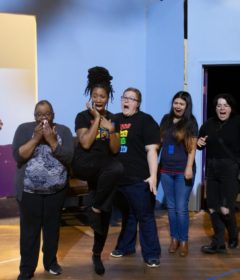Stetson’s Polish Connection
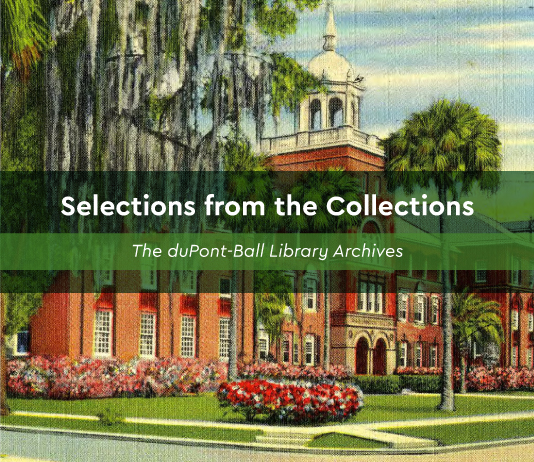
Many at Stetson are familiar with the university’s namesake, hatmaker and philanthropist John B. Stetson. (And if you are not, check out Dean Sue Ryan’s presentation on the John B. Stetson Family Legacy via Blackboard for cultural credit.)
Relatively few Hatters, however, are aware of his first son, John B. Stetson Jr.
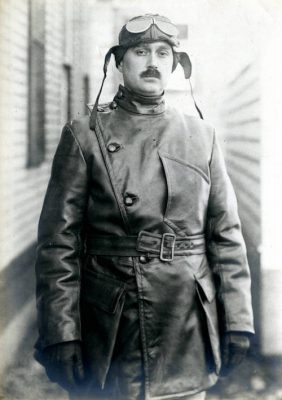
Born in 1884, the younger Stetson was known on campus as “Little John B.” Speaking in 1909, Trustee E. O. Painter remembered Stetson as “a boy in knee trousers” who once noticed that Henry DeLand’s shoelace had come undone, and crouched down to tie it for him. After his father’s death, “Little John B.” remained active at Stetson, serving as president of the Board of Trustees from 1907 to 1941. Stetson also managed his father’s hat company for some time, and during World War I, served in the U.S. Army Air Force as a pilot.
In 1925, President Calvin Coolidge appointed Stetson Jr. as the United States Minister to Poland, a position he held until 1929. The United States sought to develop a closer relationship with the recently independent Poland, and Stetson’s tenure as a diplomat took place during a particularly interesting period of Polish history, known as The Second Polish Republic.
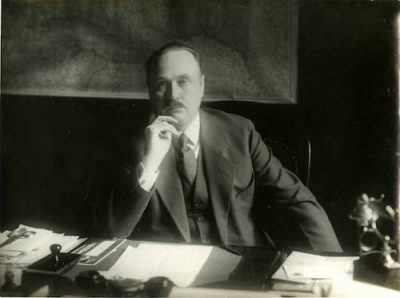
Among the major events he witnessed was the Coup of 1926 (or the May Coup), which brought a few days of fighting to Warsaw, not far from the American Legation. Over the course of the brief conflict, Marshal Józef Piłsudski overthrew the democratically elected President Stanisław Wojciechowski and Prime Minister Wincenty Witos, eventually installing Ignacy Mościcki, Poland’s longest standing president. Also in 1926, Poland celebrated the United States’ Sesquicentennial. Grateful for American support, Poland gave the United States what may be described as the world’s largest birthday card: 111 bound volumes of well wishes, signed by 5.5 million Poles. Photographs show that Stetson Jr. himself accepted this gift on behalf of the American people.
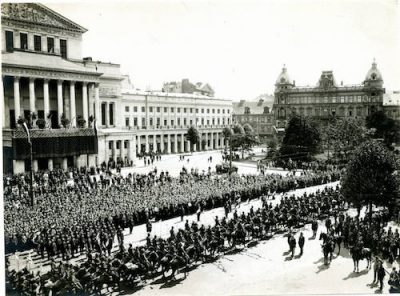
The Stetson Family Collection (a gift of John B. Stetson IV and Solveig Stetson to the Archives and Special Collections) contains documentation from Stetson Jr.’s diplomatic appointment. Among his personal items is a collection of photographs from interwar Poland, including scenes of the Coup of 1926, Poland’s celebration of America’s sesquicentennial and images of Warsaw’s Old Town, much of which was destroyed during World War II and later carefully reconstructed.
The collection also includes two years of daily briefings addressed to Stetson (“Mr. Minister”), casting valuable insight into the American Legation’s perspective on Polish affairs in the late 1920s. The photographs are available from the Digital Archives, and the diplomatic briefings are currently being digitized. The Polish Declarations of Admiration and Friendship for the United States are housed at the Library of Congress, fully digitized and available here: https://loc.gov/collections/polish-declarations/about-this-collection/


